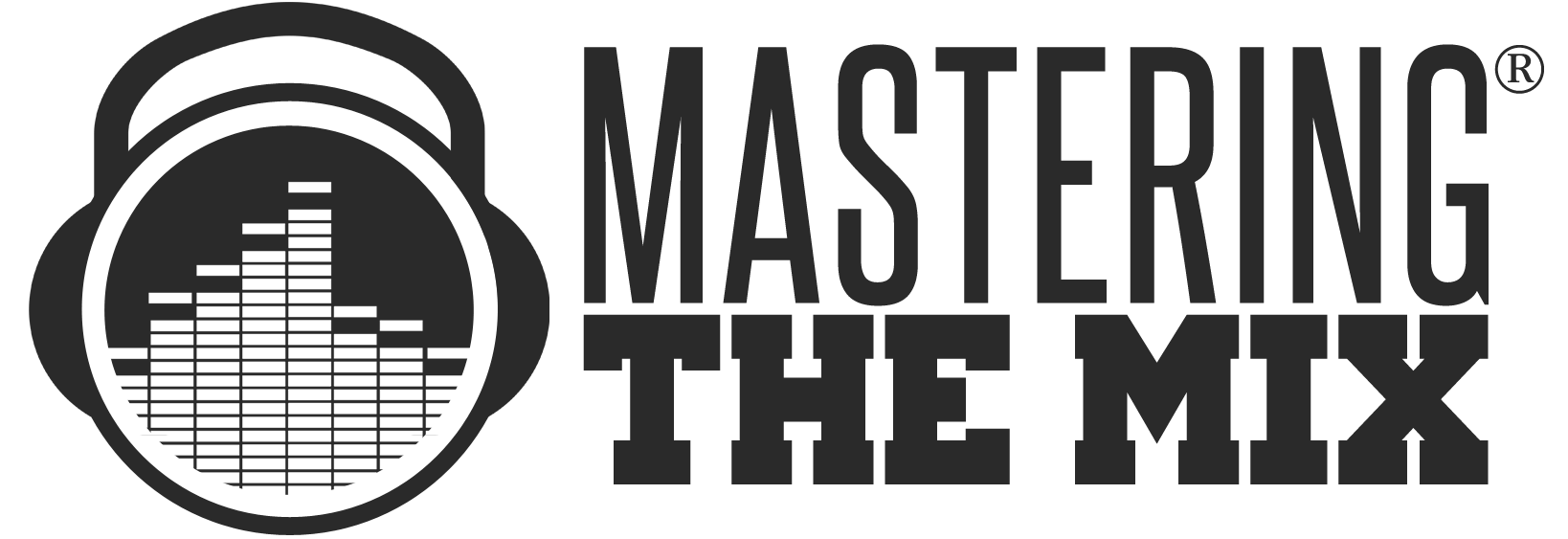
How to Keep Reverb from Overwhelming Your Mix
Reverb — an abbreviation for "reverberation" — is the reflected sound that bounces back to your ears from surfaces in your environment. It's what gives massive cathedrals their characteristic, echo...

What's the Best DAW (For You)?
Digital audio workstations are one of the most integral tools in modern music production. They combine the recording and editing capabilities of a tape machine with the mixing power of digital sign...

How NFTs Could Revolutionize Royalties for Musicians
Non-fungible tokens, or NFTs, are one of the most talked-about trends of 2021. On the surface, NFTs may seem like another form of digital art, but by utilizing blockchain technology popularized by ...

Saturation is a versatile mixing tool that can make your tracks sound fatter, help tracks cut through the mix, or glue tracks together. But, when used incorrectly, it can mangle and distort your mi...

Delay is a powerful mixing tool for adding width, depth and dimension to your tracks. However, sometimes it can be difficult to dial in the sound in your head—especially if you're not used to worki...

Reverb is an essential, yet often misunderstood mixing tool. Reverb allows us to create the illusion of space, which helps us make music sound more natural. However, it can be difficult to dial in ...

